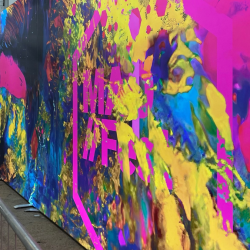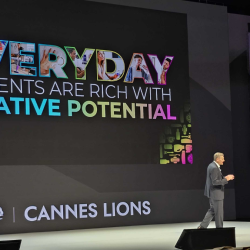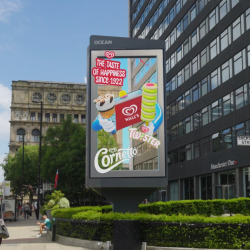Augmented Reality (AR) has been the most exciting thing to happen to retail since the rise of internet shopping
Now, thanks to advancements in AI, the pace of development is about to get supercharged. The reasons to use AR are plenty. As ecommerce has increasingly dominated the sector, AR has given customers the chance to see if that pair of boots look good, or if a certain colour of lipstick suits them. There’s concrete research that proves returns are reduced if people have a chance to ‘try on’ virtually before they buy.
As we’ve seen in abundance over the past 20 years, even the greatest technological inventions will always be sped up as further advancements are introduced, and in the case of AR we are set to see a huge leap in adoption thanks to the rapidly evolving marriage of AR with AI.
Adding AI into the mix is going to transform the process, making AR an even more cost-effective, timely, and useful tool that will take retail, in its entirety, into a new dimension — to the extent that we soon won’t be able to remember shopping without AR assistance. And we’re not just saying that to wish it into existence. Forrester recently predicted that there would be a 50% increase in the use of AR and computer vision in retail in 2024, and that’s just behind the scenes.
Using AI-powered garment transfer technology on Snap, retailers can simply submit their existing product feed images of tops worn on models, and our Garment Transfer Technology can render the 2D image of the item in 3D for users to try on digitally. This allows retailers to scale up AR Try-On to a broader range of products without having the complexity of designing a 3D model of the clothing from scratch.
For product advertising, seeing the item on you rather than on a model can be transformational for conversion rates. Further research has clearly found that AR improves the ‘Add to Cart’ ratio — and you can’t enhance the shopping experience to such a powerful degree anywhere else.
Looking into 2024, the influence of generative AI is only going to get stronger
It can already generate 3D models today. In the past, if you wanted to design an item you’d have to develop its texture from scratch in software. Now, with the new version of Snapchat Lens Studio, just add a text prompt, and you’ll see it created in corduroy, satin, nylon, or whatever you fancy.
This may seem like a small feature, but it’s in areas like that where accessibility will improve for every retailer and brand, and workflows will be accelerated. Ultimately consumers have a more personalised shopping experience with AR, resulting in better ecommerce performance which will ultimately lead to more mass adoption and even lower costs in the future. It’s nothing less than the democratisation of technology.
Featured image: Sound On / Pexels































